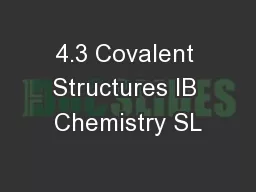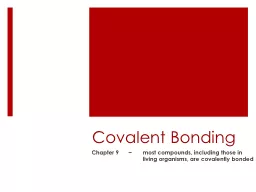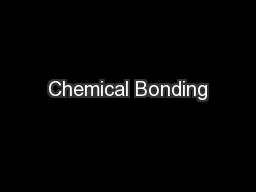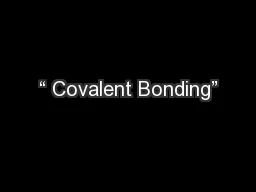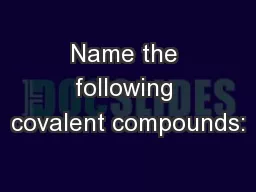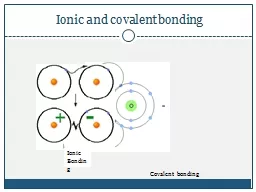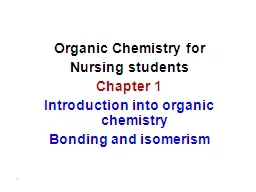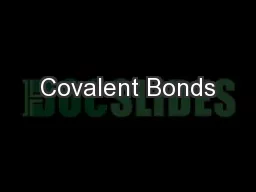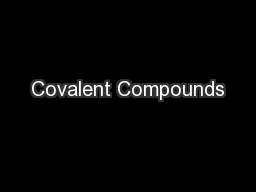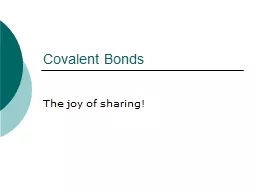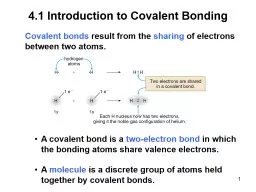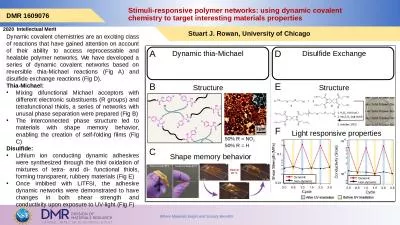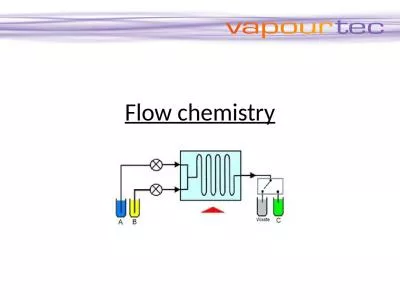PPT-4.3 Covalent Structures IB Chemistry SL
Author : giovanna-bartolotta | Published Date : 2018-09-21
Mrs Page Essential Idea Lewis electron dot structures show the electron domains in the valence shell and are used to predict molecular shape Nature of Science Scientists
Presentation Embed Code
Download Presentation
Download Presentation The PPT/PDF document "4.3 Covalent Structures IB Chemistry SL" is the property of its rightful owner. Permission is granted to download and print the materials on this website for personal, non-commercial use only, and to display it on your personal computer provided you do not modify the materials and that you retain all copyright notices contained in the materials. By downloading content from our website, you accept the terms of this agreement.
4.3 Covalent Structures IB Chemistry SL: Transcript
Download Rules Of Document
"4.3 Covalent Structures IB Chemistry SL"The content belongs to its owner. You may download and print it for personal use, without modification, and keep all copyright notices. By downloading, you agree to these terms.
Related Documents

